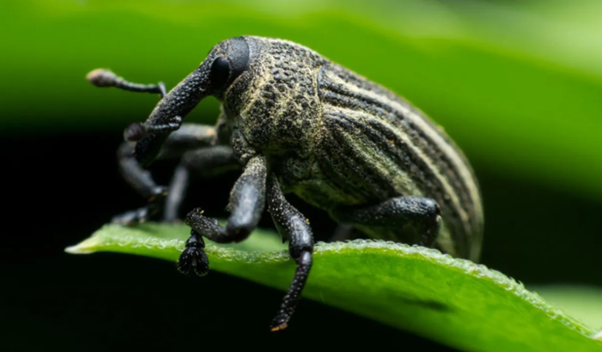The boll weevil, a small, grayish-brown beetle with a surprisingly large impact, has left an indelible mark on the history of agriculture, particularly cotton cultivation. Native to Central America, this insidious pest migrated northward, wreaking havoc on cotton crops throughout the southern United States. Its impact was so profound that it reshaped the economic and social landscape of the region.

Learn about its history, its devastating effects on the Southern United States, and the ongoing battle to control this persistent threat. For a charming children's perspective on this historical pest, check out Bow the Handsome Boll Weevil book, a delightful story exploring the world of cotton and fashion choices!
Early Incursions and Devastation
The boll weevil's journey to the United States began in the late 19th century. It gradually made its way northward, crossing the Rio Grande into Texas in 1892. Once established, the beetle rapidly spread across the cotton-growing regions of the South.
The boll weevil's feeding habits are particularly destructive. Adult beetles and their larvae feed on cotton squares (immature bolls) and buds, stunting plant growth and reducing yield. Infested bolls often fail to open, leading to significant losses for farmers.
Economic and Social Impact
The boll weevil's invasion had a devastating impact on the Southern economy, which was heavily reliant on cotton. The once-thriving cotton industry suffered significant decline as farmers struggled to control the pest. Many farmers were forced to abandon their land and seek alternative livelihoods.
The social implications were equally profound. The decline of the cotton industry led to rural poverty, out-migration, and social unrest. The region experienced a period of economic depression, and many communities were forced to adapt to new economic realities.
The Fight Against the Boll Weevil
Farmers and scientists alike engaged in a relentless battle against the boll weevil. A variety of control methods were employed, including cultural practices, chemical insecticides, and biological control agents. While these efforts helped to mitigate the damage, the boll weevil remained a persistent threat for decades.
The development of more effective insecticides, such as DDT, in the mid-20th century provided a temporary respite. However, the widespread use of these chemicals also had negative environmental consequences.
A Changing Landscape
Over time, the cotton industry in the Southern United States has diversified, reducing its reliance on a single crop. The development of new cotton varieties with increased resistance to pests, as well as improved pest management practices, has helped to control the boll weevil and other pests.
Today, while the boll weevil remains a threat, its impact is significantly reduced compared to the early 20th century. However, it serves as a reminder of the devastating consequences that invasive pests can have on agriculture and society.
Valuable Lessons
The boll weevil's legacy offers valuable lessons for modern agriculture. It underscores the importance of integrated pest management, a strategy that combines multiple control methods to minimize the use of harmful chemicals. Additionally, it highlights the need for ongoing research and development to develop innovative solutions to emerging pest problems.
By understanding the history of the boll weevil, we can better appreciate the challenges faced by farmers and scientists in the past. By applying the lessons learned, we can work towards a more sustainable and resilient agricultural future.
